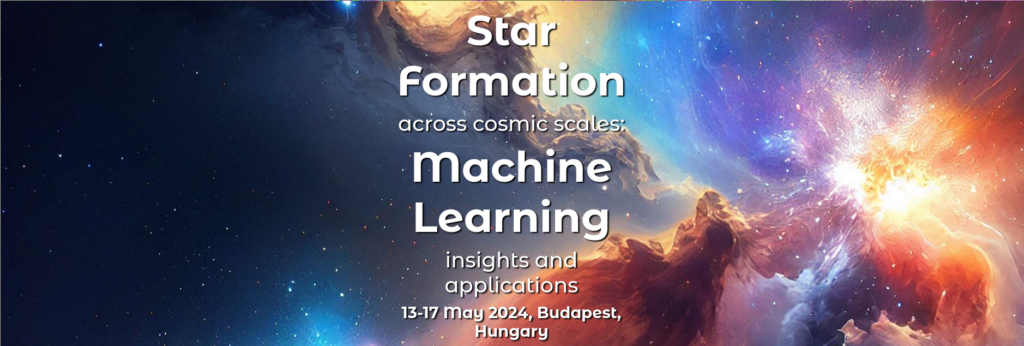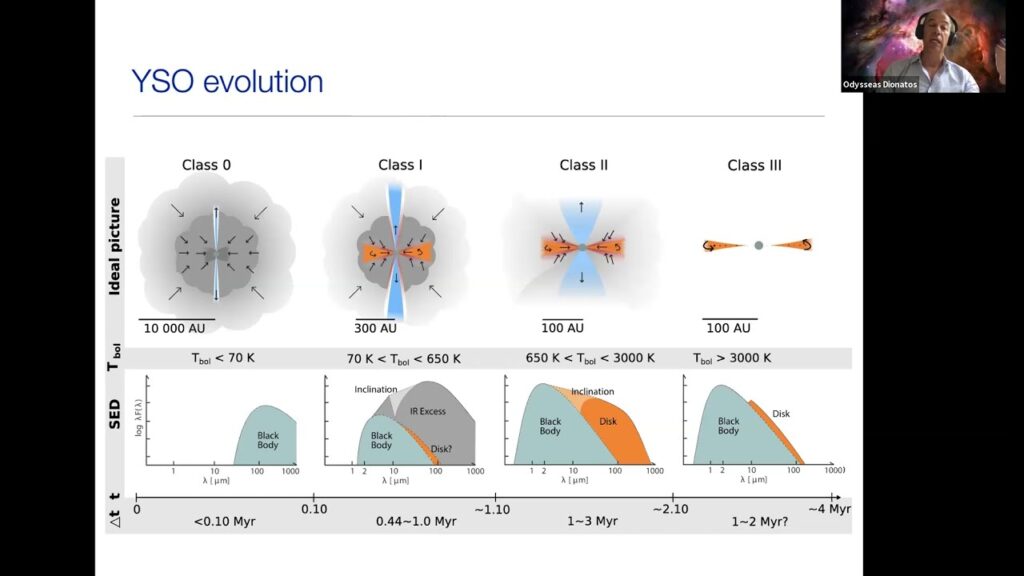Announcement of the SFML Conference from May 13.-17. 2024
We 2024 a.re delighted to announce the conference “Star Formation Across Cosmic Scales: Machine Learning Insights and Applications,” to be held in Budapest, Hungary, between May 13-17, 2024, organised by the consortium of the H2020 funded NEMESIS (Novel Evolutionary Model for the Early Stages of Stars with Intelligent Systems) project.The aim is to highlight and …
Announcement of the SFML Conference from May 13.-17. 2024 Read More »





